The guys at CVP have just revealed a most intriguing fact regarding the ALEXA 35’s sensor. Based on their conversation with ARRI, it seems that the ALEV 4 was developed especially and specifically for Super 35 size, and thus it will be impossible to stitch it to become a larger sensor. Hence, there will never be a large-format version of this magnificent piece of tech.
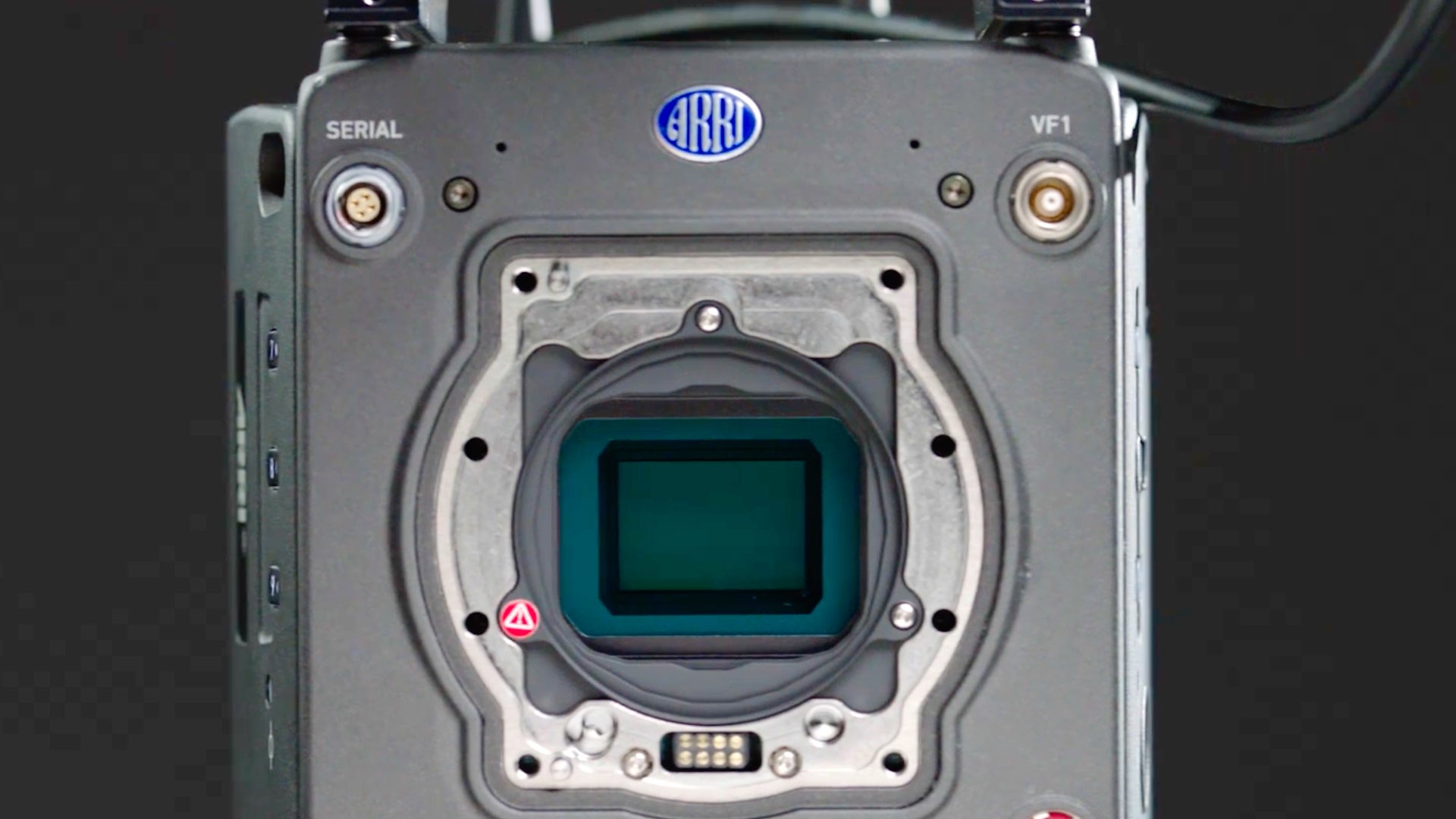
ALEV 4: The heart of the ALEXA 35
The ALEXA 35 has significantly better image quality than all ARRI’s previous cameras, and that’s because of the new ALEV 4 sensor. Generally speaking, the ALEV 4 excels on four parameters compared to the ALEV 3: Dynamic range, contrast, sensitivity, and color. This is the first time that ARRI has developed the sensor based on 12 years of experience accumulated from other sensors developed by a partnership with On-Semiconductor. ARRI Senior Product Manager Marc Shipman-Mueller even said that when the ARRI team activated the new sensor for the first time, they did a ‘happy dance’ in the lab when exploring that it has a significantly higher dynamic range compared to ALEV 3 sensors. The ALEV 4 is a Super 35 CMOS sensor with a Bayer pattern color filter array. It has a resolution of 4608 x 3164, photosites pitch of 6.075 μm, an active image area of 28.00 x 19.20 mm, and an image circle of 33.96 mm. However, it’s a Super 35 sensor.
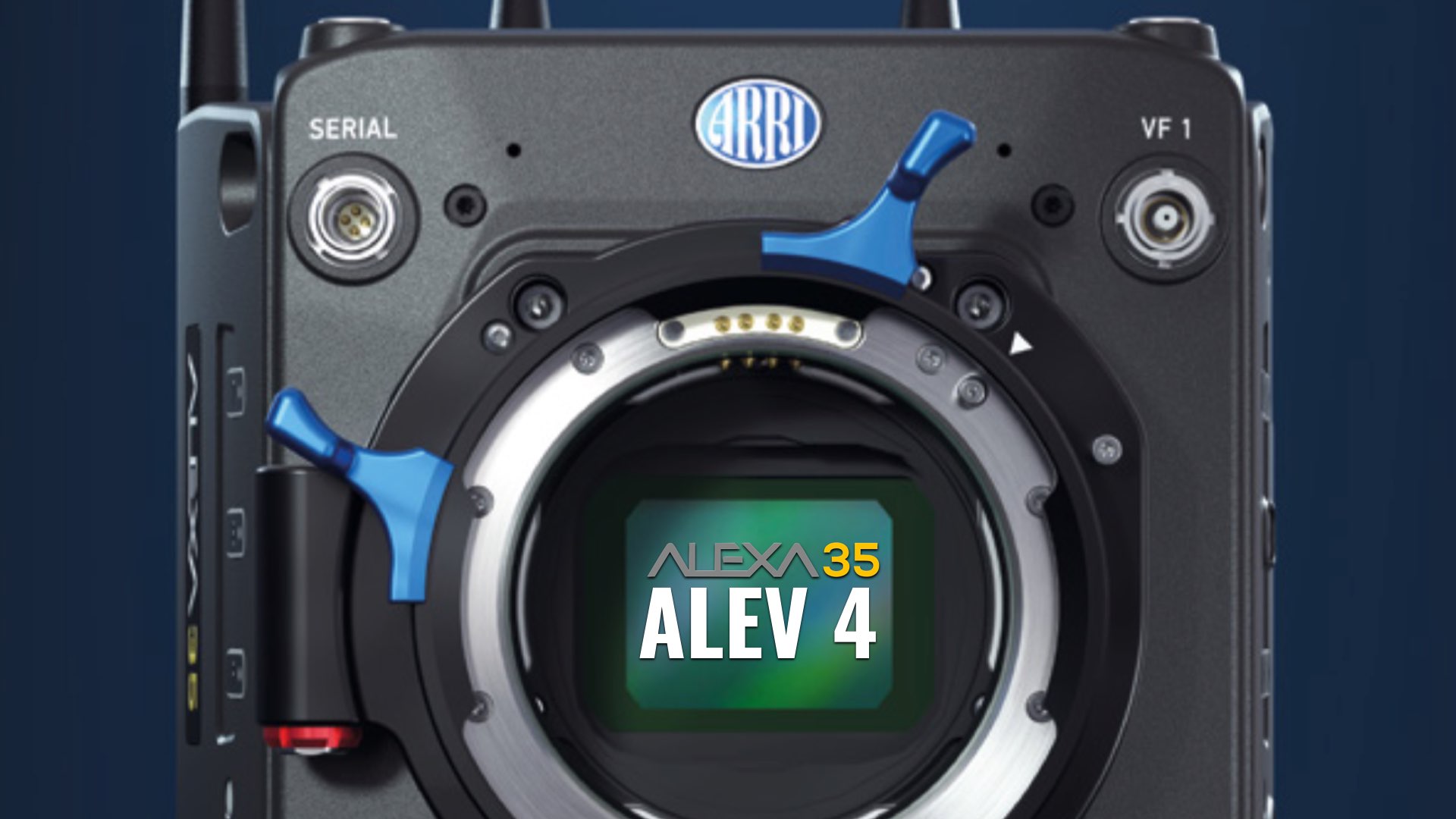
A new generation of cameras? Most probably not
In continues to our previous article (“The New ALEV 4 Sensor Might Become ARRI’s Greatest Achievement”), we hoped that ALEV 4 will enter the evolution just like the ALEV 3 did. That means, developing two or even three ALEV 4 stitched together to build a larger sensor like ARRI did in the ALEXA LF and 65 cameras. That would create a new line of ALEXA cameras that can capture enhanced imagery. However, the guys at CVP have just eliminated that dream, by confirming for the first time that no ALEV 3 (2X) nor ALEV 3 (3X) will be developed.
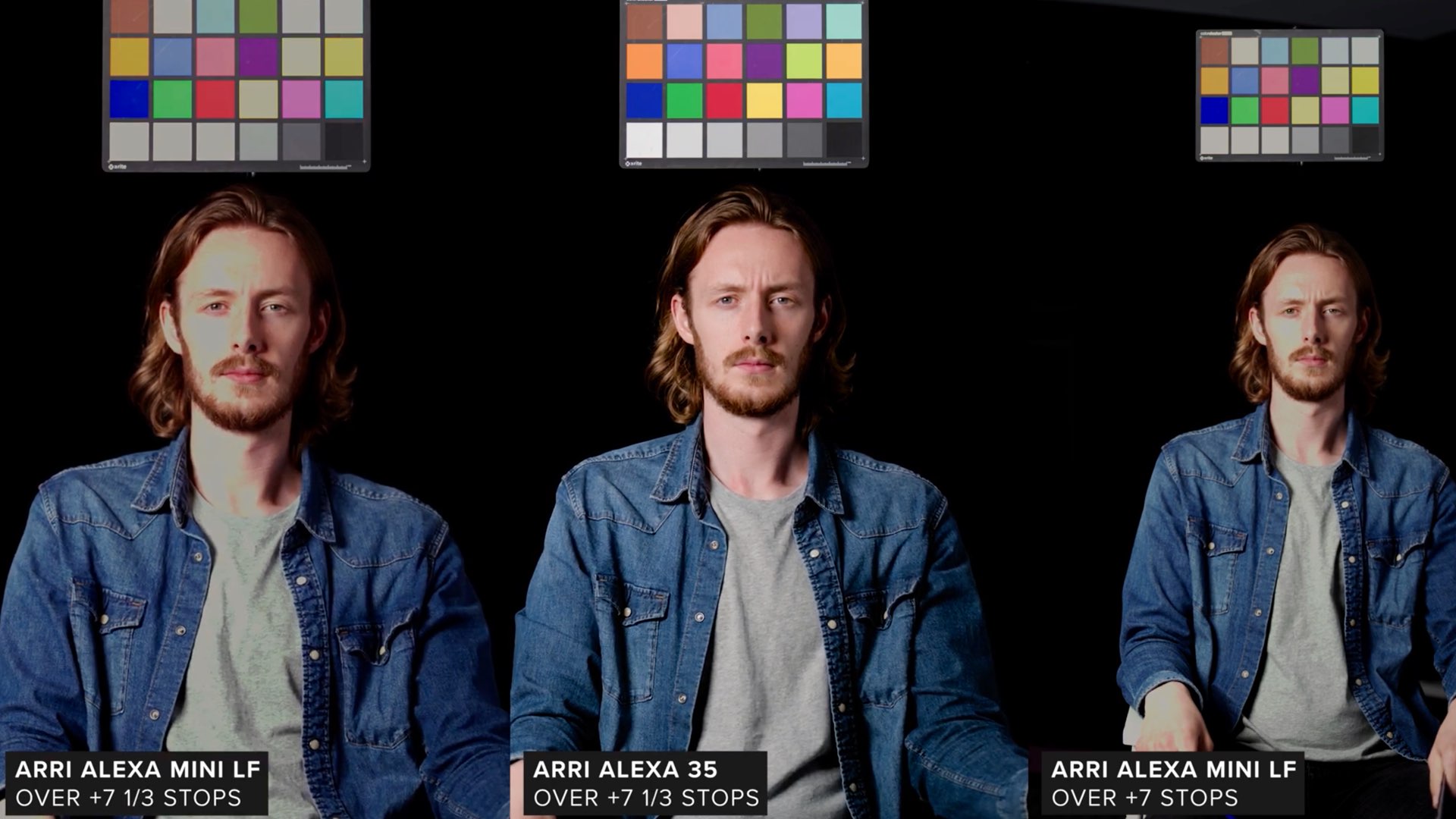
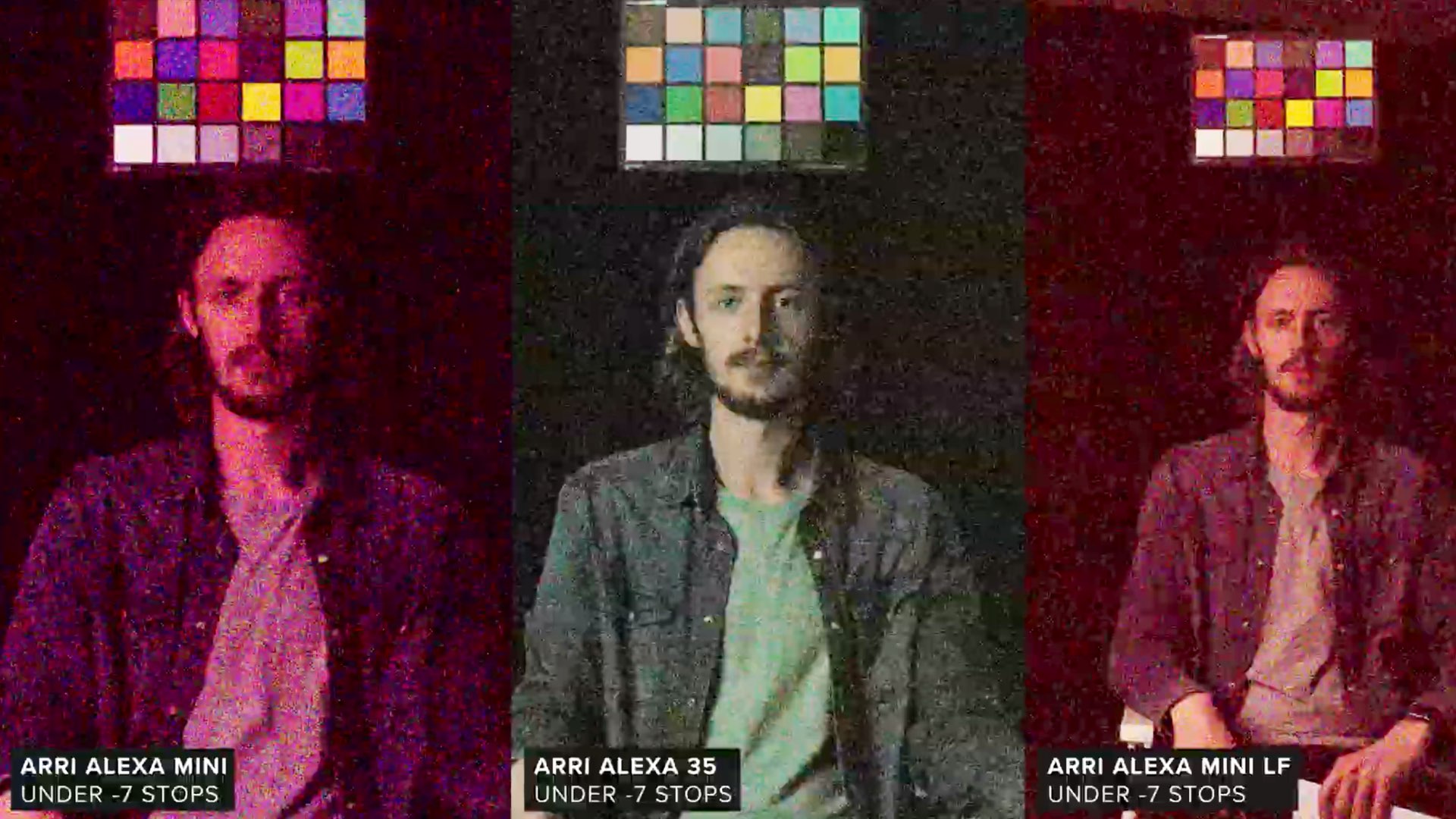
Stitched ALEV 4? Never!
ARRI has invited CVP to test a preproduction model of the ALEXA 35 with pre-released software installed. In return, CVP has made one of the most comprehensive reviews (including test footage) of the ALEXA 35 (video below the article). The most interesting question CVP asked ARRI was: “When is the large-format version of the ALEV 4 coming out?” ARRI’s response was: “Unfortunately never!”. According to ARRI, stitching is physically impossible due to sensor’s specific design. Consequently, it can’t be stitched together to make it a larger sensor. If so, in order to achieve the ALEV 4’s level of imagery and in larger sensor size, a whole new sensor has to be developed. It may take years till we see a new large-format camera from ARRI that incorporates the ALEV 4 capabilities.
Check out the CVP in-depth review and test footage of the ALEXA 35 below:


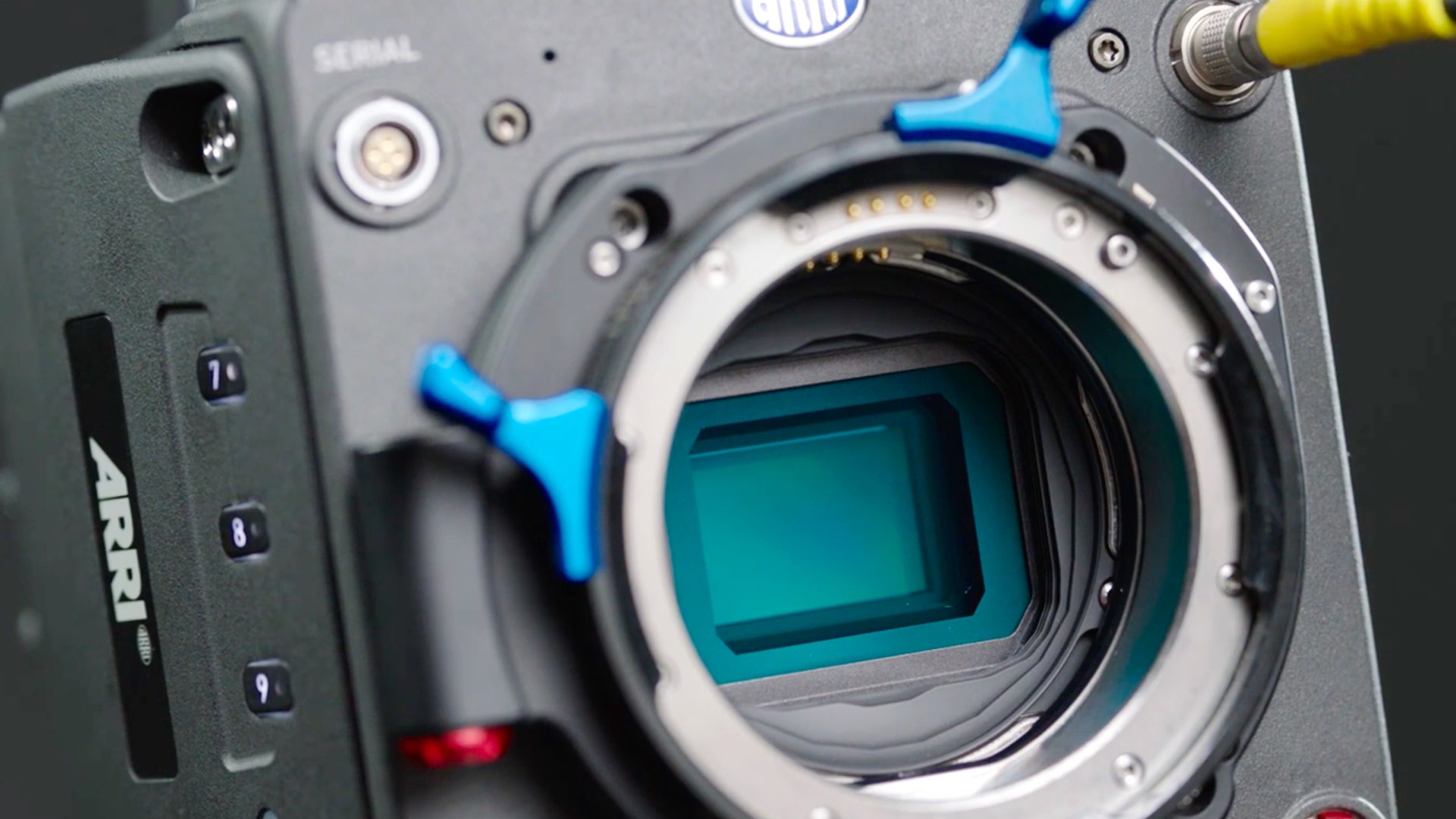


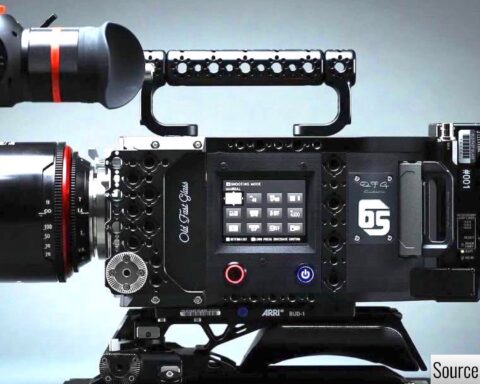

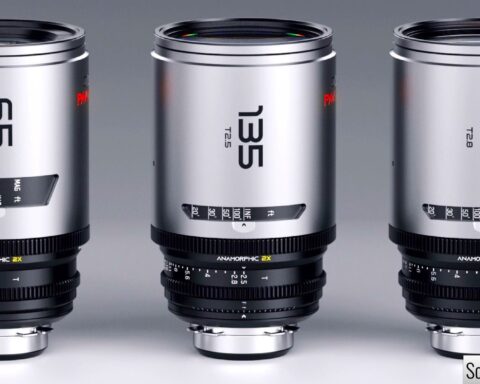
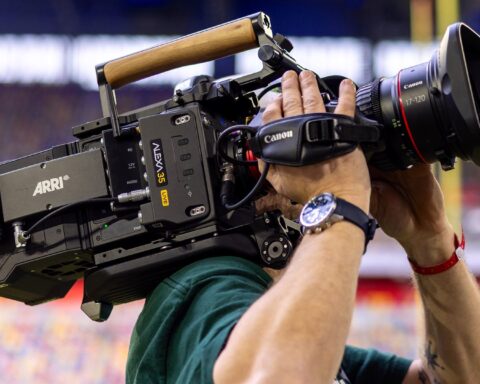

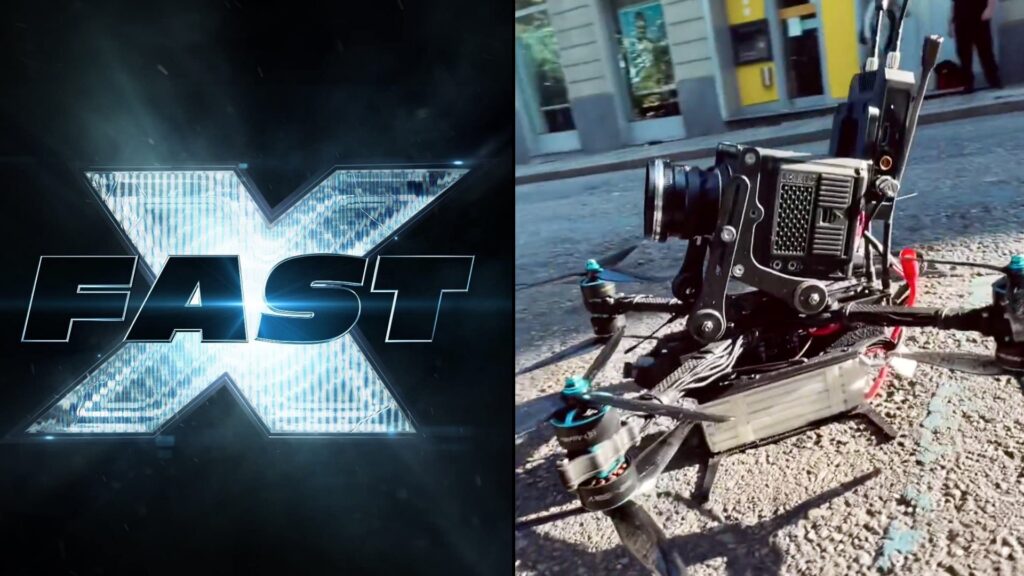
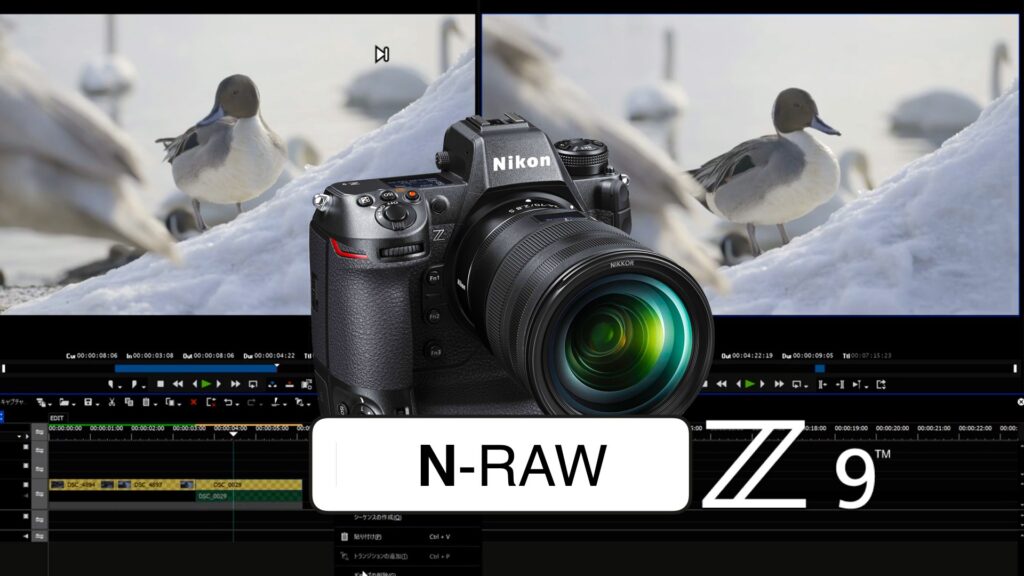







2 years and Full frame formats in movies will be just a memory of a fashion trend.
Shooting in FF introduce only problems and don’t bring almost anything good unless you like a look that is close to a vision disease
Full frame is here to stay.
ALEV 4 Full Frame? “Never!”
ALEV 4.2 Full Frame, and convertible to S35 in a few years? Why not!
Interesting, but I wonder if they can develop a larger, higher resolution single chip sensor. How about a 6K LF version that can be cropped in to 4K s35? No simple task I’m sure, but I can’t help but wonder if it’s possible